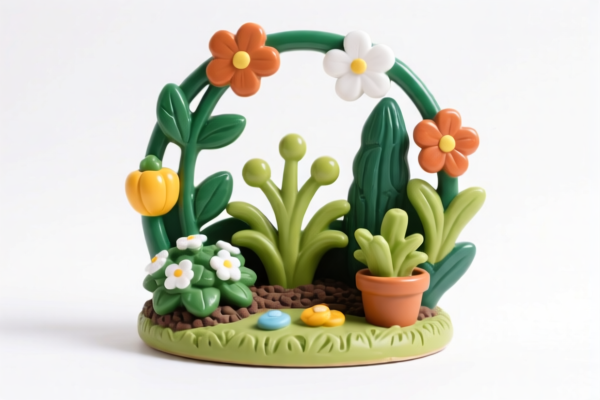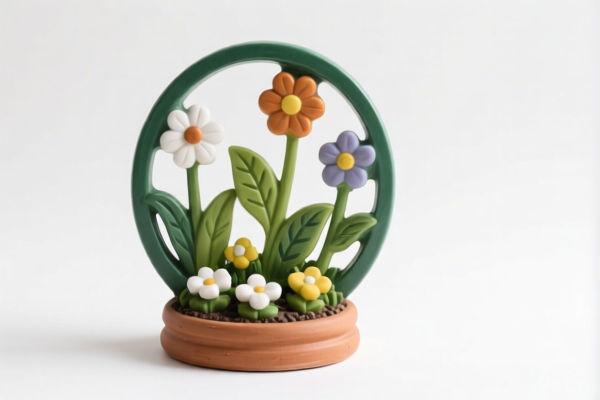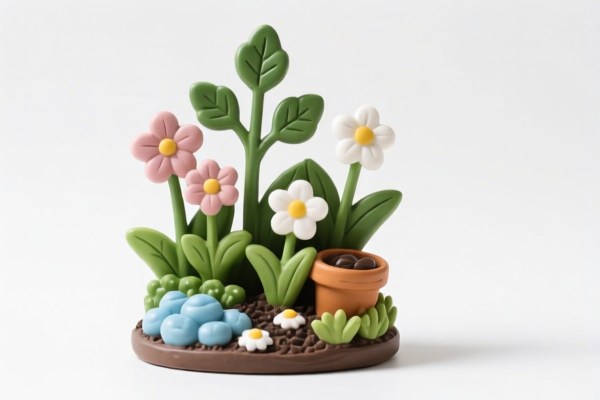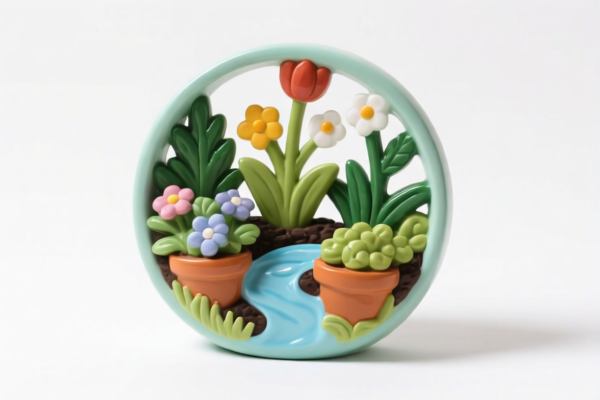| HS Code | Official Doc | Tariff Rate | Origin | Destination | Effective Date |
|---|---|---|---|---|---|
| 8304000000 | Doc | 33.9% | CN | US | 2025-05-12 |
| 8310000000 | Doc | 55.0% | CN | US | 2025-05-12 |
| 6702102000 | Doc | 38.4% | CN | US | 2025-05-12 |
| 6702906500 | Doc | 54.5% | CN | US | 2025-05-12 |
| 6913105000 | Doc | 37.5% | CN | US | 2025-05-12 |
| 6913905000 | Doc | 43.5% | CN | US | 2025-05-12 |
| 7013993000 | Doc | 46.5% | CN | US | 2025-05-12 |
| 7013993000 | Doc | 46.5% | CN | US | 2025-05-12 |
| 7615109100 | Doc | 65.6% | CN | US | 2025-05-12 |
| 6701006000 | Doc | 59.7% | CN | US | 2025-05-12 |
| 9602004000 | Doc | 39.3% | CN | US | 2025-05-12 |
| 9602005080 | Doc | 40.2% | CN | US | 2025-05-12 |
| 3503005550 | Doc | 2.8¢/kg + 3.8%+37.5% | CN | US | 2025-05-12 |
| 9618000000 | Doc | 41.9% | CN | US | 2025-05-12 |




Cactus Ornament
A cactus ornament is a decorative object representing a cactus plant, typically not a living specimen. These ornaments are produced from a variety of materials and serve primarily aesthetic purposes.
Materials
Cactus ornaments are manufactured using a wide range of materials, influencing their appearance, cost, and durability:
- Ceramic: Common for detailed, often hand-painted ornaments. Offers a variety of glazes and finishes.
- Glass: Often blown glass, providing a translucent or vividly colored appearance. Can be fragile.
- Metal: Including iron, steel, and aluminum. Metal ornaments can be rustic, minimalist, or intricately designed. Often powder-coated for rust prevention.
- Wood: Typically carved or assembled from wooden pieces. Offers a natural aesthetic.
- Plastic: Including PVC, resin, and acrylic. Lightweight and inexpensive, suitable for mass production.
- Concrete: Provides a modern, industrial look. Often used for larger ornaments.
- Fabric/Yarn: Used in knitted or crocheted ornaments, offering a soft, handmade appearance.
- Stone: Such as marble or sandstone, providing a natural, weighty aesthetic.
Purpose & Function
The primary function of a cactus ornament is decorative. They are used to:
- Home Decoration: Placed on shelves, desks, windowsills, or as part of larger displays.
- Desk Accessories: Add a touch of greenery (or the appearance of greenery) to workspaces.
- Gifts: Popular as small, affordable gifts, particularly for plant lovers or those with limited space.
- Seasonal Decoration: Certain designs may be associated with specific holidays or seasons.
- Collectibles: Some limited-edition or artist-designed ornaments are collected.
Usage Scenarios
- Indoor Decoration: Most commonly used within homes, offices, and apartments.
- Event Decoration: Used in displays for parties, weddings, or other events.
- Small Spaces: Suitable for areas where live plants may not thrive or are impractical.
- Dorm Rooms/Apartments: Provide a low-maintenance decorative element.
- Garden Decoration (limited): Some durable metal or concrete ornaments can be used outdoors, though they are generally less common for outdoor use than actual plants.
Common Types
- Realistic Cactus Ornaments: Designed to closely resemble specific cactus species (e.g., Saguaro, Prickly Pear, Barrel Cactus).
- Stylized Cactus Ornaments: Simplified or abstract representations of cacti.
- Miniature Cactus Ornaments: Small ornaments, often part of a larger collection or terrarium.
- Hanging Cactus Ornaments: Designed to be suspended from ceilings or walls.
- Magnetic Cactus Ornaments: Attach to metal surfaces like refrigerators.
- Light-Up Cactus Ornaments: Incorporate LED lights for a decorative glow.
- Novelty Cactus Ornaments: Feature unusual designs or humorous elements.
- Combination Ornaments: Combining cactus shapes with other decorative elements like flowers, animals, or geometric patterns.
Cactus ornaments fall under several potential classifications depending on their material and composition. Here's a breakdown of relevant HS codes based on the provided information:
- 6702102000: This code covers artificial flowers, foliage, and fruit, and parts thereof, specifically those made of plastics and assembled by binding with flexible materials like wire, paper, textile materials, or foil, or by gluing or similar methods. If the cactus ornament is constructed from plastic using these assembly techniques, this is a likely classification. The total tax rate is 38.4%.
- 6702906500: This code applies to artificial flowers, foliage, and fruit made of other materials (not plastics). If the ornament is made from materials other than plastic (e.g., ceramic, wood, metal), this code is applicable. The total tax rate is 54.5%.
- 6913105000: This code covers statuettes and other ornamental ceramic articles, specifically those made of porcelain or china. If the cactus ornament is ceramic and made of porcelain or china, this code applies. The total tax rate is 37.5%.
- 6913905000: This code covers other statuettes and ornamental ceramic articles. If the ornament is ceramic but not made of porcelain or china, this code is applicable. The total tax rate is 43.5%.
- 9602004000: This code covers molded or carved articles of wax. If the ornament is made of wax, this code applies. The total tax rate is 39.3%.
- 9602005080: This code covers other molded or carved articles. If the ornament is made of other materials not specifically listed, this code may apply. The total tax rate is 40.2%.
It is important to determine the exact material composition of the cactus ornament to select the correct HS code.
Customer Reviews
No reviews yet.